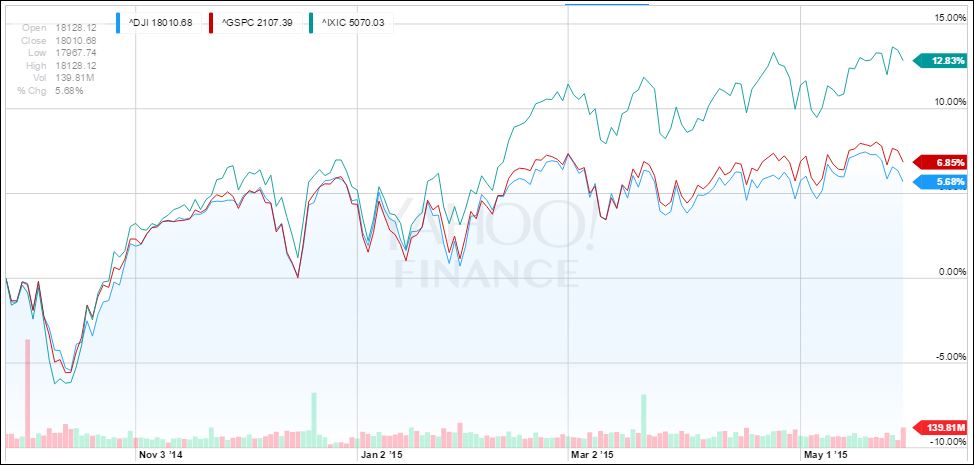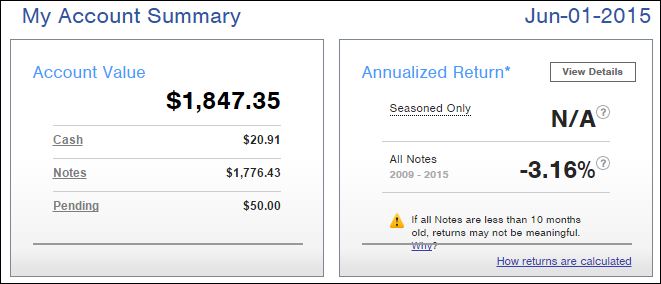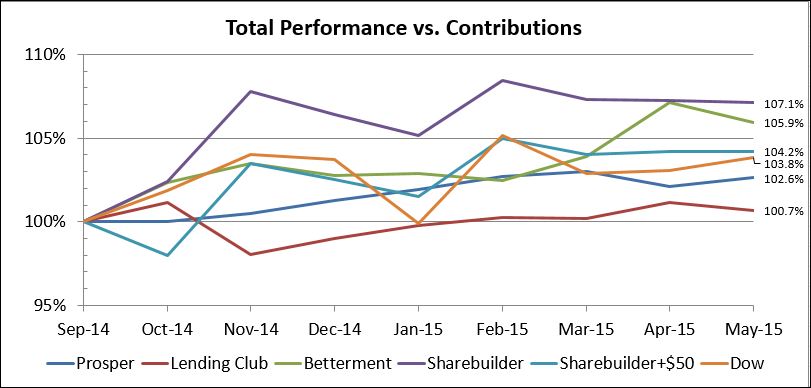 It has been awhile since I’ve provided an update on how my 4 investments have been performing. There has been a lot going on since I last shared my results in October. Beyond normal life like holidays and chores around the house, the bank I work for was sold, we had a baby in March, and we’ve been ramping up our real estate venture.
It has been awhile since I’ve provided an update on how my 4 investments have been performing. There has been a lot going on since I last shared my results in October. Beyond normal life like holidays and chores around the house, the bank I work for was sold, we had a baby in March, and we’ve been ramping up our real estate venture.
What is the $1,000 Investment Challenge?
In September, I decided I needed to step up my savings game a little bit and wanted to try out 4 investment options to see how they compare over time. So, October 1st, I deposited $1,000 into each account and started contributing $100 a month.
So far, I have contributed $1,800 ($1,000 initially + 8 months of $100) into each account with varying degrees of success.
The $1,000 Investment Challenge
- An Introduction – Where to invest $1000 – my investment challenge
- Investing with Prosper peer-to-peer lending
- Investing with Lending Club peer-to-peer lending
- Investing with Betterment
- Investing with Sharebuilder
How has the market performed?
Since October 1, 2014, the stock market has performed positively. There were some significant gyrations in December 2014 and January 2015, but the stock market has been on an upward trend ever since. The NASDAQ has been up almost 13%, with the S&P and Dow indices around half that return.
In May 2015, the market has been mostly flat for the S&P and Dow, with the NASDAQ continuing it’s outperformance among the three. That smaller stocks are performing well in an improving economy is not a coincidence since the credit markets start to thaw for smaller companies, and they are generally quicker to adapt to changes in the marketplace.
How have my investments perform through May 2015?
The investment returns were mixed in May. Lending Club, Betterment, and Sharebuilder were negative, while Prosper was up. I think that losses in my existing portfolio at Lending Club are hurting the results a bit, since it is unlikely that there will be a default within the first six months of a loan’s issuance. Because the Prosper portfolio is not “seasoned” (meaning that all of the notes are newly issued), there is less of a probability of default (borrower missing a payment).
Lending Club
Because I had an existing account with Lending Club, I am making a manual adjustment for my existing balances to normalize to the $1,000 investment that the other options received. There is still an advantage for Lending Club over Prosper because the notes invested in are already funded from Day 1.
Click here to open an account with Lending Club.

Prosper
Through May, all of the contributions are now invested into notes and they are active. There has actually been one charge off (the borrower is not paying, so the investment is effectively now worth $0). The loan was made in October 2014, and the note was written off in April 2015, with only one payment made by the borrower.
On the plus side, one loan has been completely paid off. I want to earn interest, but it is even better to ensure that you get your principle (amount invested) back.
Click here to open an account with Prosper.

Betterment
My Betterment investment is performing well. I am maintaining the 90/10 split between stocks and bonds, as you can see below. Continuing with the dollar-cost-averaging (monthly contributions of the same amount) has helped Betterment perform at a higher level than the Dow since I started this $1,000 Investment Challenge.
Click here to open an account with Betterment.
Sharebuilder
In my Sharebuilder account, I am investing in the USAA First Start Growth (UFSGX) fund because it is a no-fee option and has a mix of stocks and bonds, otherwise known as a balanced fund. The Sharebuilder account’s performance is boosted because there was a sign-up bonus of $50. The $50 bonus serves to boost returns somewhat, so in the graph below, I show the returns with and without the $50 bonus.
Click here to open an account with Sharebuilder. They often provide bonuses when you sign up, so I would hold off until you find a bonus that fits your objectives. Also consider opening an online savings account with CapitalOne360… there are no minimums or monthly fees.
How do the performances compare to each other?
One of the main purposes of this investing experiment is to compare their performances against each other. The stock-based options of Betterment and Sharebuilder are not only in the lead compared to the lending options, they have both beat the Dow from October 1 through May 31.
I keep track of all of my investments using the free online management tool, Personal Capital. It allows you to track a wide variety of accounts, such as your 401(k), IRA, bank accounts, brokerage accounts, and real estate. Click here to sign up for Personal Capital.
Conclusion
It has been eight months since I started this journey. The best thing is, that even though many things are happening all around me — company sold, baby born, buying more real estate — the automatic investments keep occurring into my four $1,000 Investment Challenge accounts. The stock-based positions are performing better than the Dow, while the peer-to-peer lending options are a good alternative to bonds in your portfolio.














Good strategy to invest into all of those 4 investment options. How about taking one of the lending club investments out, since they are on the losing end, and replacing it with a dividend stock. Just a suggestion, good luck with this experiment.
Thanks for the comment. Lending Club has performed well for me over time (+11% since inception). Because the account was established before this challenge was started, some of the older loans have defaulted and I don’t have an easy way to break out their performance, so they’re dragging down the performance vs. the other 3. Similarly, the Prosper portfolio hasn’t performed as well because the money isn’t invested immediately like the stock-based options of Betterment and Sharebuilder. At the end of the first year, I’m going to re-evaluate my choices after doing some analysis to determine whether or not to continue with these choices. For example, the mutual fund picked in the Sharebuilder account hasn’t performed as well as I had hoped, with its return boosted by the initial account opening bonus of $50. However, I picked that option because there were limited choices with only $1,000 to open an account and I wanted one without a sales charge. In the future, I may evaluate Loyal3 as a way to buy some stock without paying normal brokerage fees.
I wrote you about 8 months ago when this started out!!! So cool to see and track results!
Of course, this is a long term project, and 8 months is a blink compared to the overall idea of it.
I also am doing Betterment. I haven’t invested as much as you, and haven’t gotten as great of returns. But I am sticking with it. Almost $1k in the pot, with $100 per month going in for the next 20 years. Which got me thinking, with tech startups and small yet disruptive companies, don’t they usually get bought out? Or, alternatively, go under? Do you think Betterment will be around in 20 years when I’m ready to cash int?
Hi Andrew, how is it going? Glad to hear that you’re sticking with your Betterment experiment. I agree, investing should be a long-term focus, so I’m glad to see that you’re in it for the long-haul.
Yes, I would imagine that Betterment will get bought out at some point in the future by a larger company looking to enter the “robo-advisor” arena. Whether Betterment stays independent, is bought out, or goes bankrupt, your investments are safe due to the SIPC insurance on accounts. This provides coverage in case the broker-dealer that is holding your investments goes out of business. It does NOT provide coverage in the event an investment loses value because of the underlying companies it has invested in.
Betterment invests in solid companies like Vanguard and iShares (at least that is what my portfolio is comprised of), so your investments are not tied to the financial strength of Betterment.
Whether Betterment is around or not 20 years from now, your investments still should be. At some point in the future, when you have a larger balance, you may want to compare investment choices between low-cost mutual funds, ETFs, and Betterment to see what the right approach is. Good luck!